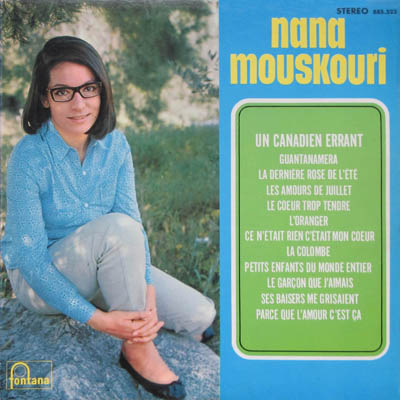
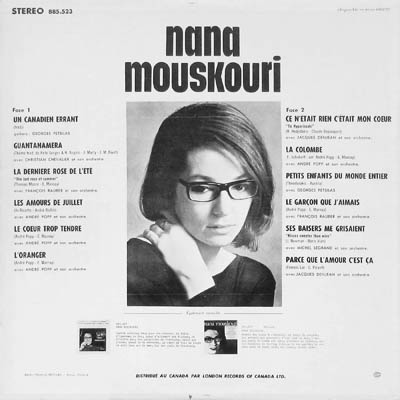
Un Canadien errant
Favourite album
MY CHOICE
Even when we have hundreds of albums in our music library, we often listen to the same ones. Some, for several reasons, have marked specific moments in our lives or simply reflect our moods. Personally, "Un Canadien errant" is the kind of record I like to rehear. This is her fourth French LP. My mother gave it to me for Christmas when I was seven. In Quebec, it illustrated Nana's very first tour in January and February 1967 and is one of her most common albums. Perhaps by presenting it you will understand my choice.
THE COVER
To give you a first impression, let's begin with the cover. On the right, appear the titles. Turquoise, green, yellow and white dominate. On the left, Nana is sitting on a big stone. She is wearing a bluish blouse, pale gray jeans, and dark blue ballet shoes. On the back cover, in the middle, there is a photo taken a few years ago with the titles on each side. And below, two recommended LPs.


THE CONTENT
"Un Canadien errant" was produced by Claude Dejacques. The twelve titles come from several recording sessions made between 1965 and 1966. In fact, this is the equivalent, with three different songs, of "Le coeur trop tendre" which won the Grand Prix du Disque from the Académie de Charles Cros in France. Those who, until then, hadn’t yet listened to one of her entire albums remained charmed by her emotion and her modesty to sing in the language of Molière. Among the collaborators there is in particular André Popp, the famous author of "Love is blue", who composed three titles. And the lyricist Eddy Marnay who wrote the lyrics for five songs.
SIDE 1
01- The album begins with "Un Canadien errant"* which we owe to the poet Antoine Gérin-Lajoie. This song, full of sadness, recalls the deportation to other countries of the French Canadian Patriots of 1837-1838. At the time of the recording, Nana probably had no idea about it. But she liked the theme and the melody. With only a guitar as an accompaniment, her voice takes us into a poetry evoking the nostalgia of the country. Despite the advice of her local record company, Nana was right to record it. With her perfect diction, her emotion in interpreting it, we recognize all its freshness. If we close our eyes, we can easily imagine the waves and the rushing current when the Canadian asks to tell his friends that he remembers them. |
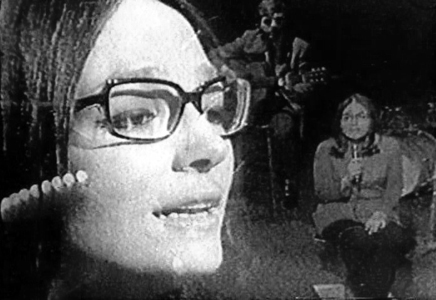 |
 |
02- "Guantanamera", borrowed from Cuban folklore, was popularized by Pete Seeger during the folk period and covered by a pleiad of performers. In France, the versions of Nana and Joe Dassin are the best known. We have reasons to believe that this is the title of the album she sang most on stage and that is more often included in the compilations. In TV shows, she often sang it in duet. Listening to her, we pleasantly let ourselves disoriented when she evokes exile, rum and homeland to the rhythm of a slightly tropical percussion. |
03- Eddy Marnay wrote the lyrics of "La dernière rose de l’été" on a classical Irish melody. The rose, like that of The Little Prince, is precious and unique. That’s why she says: « En amour comme en amitié, si ton coeur trouve une rose, cette rose, il faut la garder. » (In Love as in friendship, if your heart finds a rose, this rose, you must keep it). Nana has recorded it in four languages and performed it on stage during the early years of her world tours. |
 |
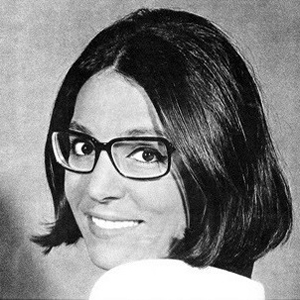 |
04- "Les amours de juillet", a nostalgic ballad, recalls the beautiful days of summer. We must appreciate them because then you regret them. The lyricist chose the hottest month of the year to illustrate a wonderful Love. When autumn is back, the beach is deserted and waves have erased the last words carved in the sand. Even after decades, I listen to it with the same pleasure and I remain touched by her slightly broken voice which marks the word "juillet" in the third verse. |
05- "Le coeur trop tendre", the title of the French edition, is the main composition of André Popp. In fact, Nana sang it in her concerts throughout 1967. Every time I listen to the studio recording, I am caught by her unique interpretation. I especially love the violin duet with her voice when she admits having a great sensibility. To be more impressed by the extraordinary sound recording of this segment, we only have to turn off a speaker (the right one) to hear only Nana's voice. It’s quite exquisite! |
 |
|
06- Under the orange three "L’oranger", a girl sings for her beloved. This beautiful song, beautiful ballad by André Popp, is particularly appreciated by children. In each refrain, a chorus accompanies her and makes us want to join it by humming, singing. Nana has recorded an Italian version which hasn’t been released. |
SIDE 2
01- "Ce n’était rien c’était mon coeur"* is a remake of "To kyparissaki" (The cypress tree) which earned her the first prize at the Greek Song Festival in 1960. In its original version, Manos Hadjidakis evokes a small tree which will become large. His music follows the progression of the text, gaining intensity towards the second half. By adapting it with his orchestra, Jacques Denjean succeeds in making of it a swinging cha-cha-cha. Claude Dejacques, her artistic director of the time, chose the theme of Love using the word "coeur". Nana’s voice, tinged with sadness, vibrates to the sound of catchy music. This impeccably harmonized contrast expresses beautifully a loving and hurt heart. We can understand why she has recorded this melody in five languages. |
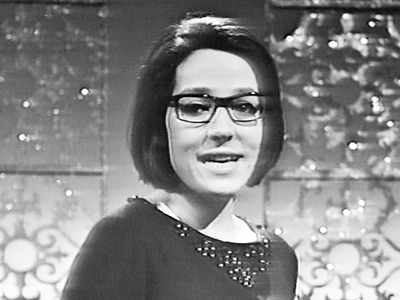 |
|
02- "La colombe" is a popular adaptation of Schubert's Serenade "Leise flehen meine Lieder" which Nana will redo during her career in classical version for television and on record. For this first recording, she’s accompanied by light instruments and a choir. With reserve and modesty, her voice tells us that his Love is gone and she hopes that the dove, symbol of peace and hope, to accompany him until his return. |
03- "Petits enfants du monde entier", composed by her compatriot Mikis Theodorakis, is included in her last Greek album "Songs of my country". Entitled "Vrexi stin ftoxo gitonia" (It's raining in the poor neighborhood), it evokes the misery suffered by children all over the world. As in the original version, the rain symbolizes misfortune. The Athenians accompany her on guitar and singing. Their deep voices harmonized with that of Nana are sufficient to give us gooseflesh. Nana lived through the war and remains very sensitive to the plight of children. Moreover, it’s no coincidence, if several years later, she will become ambassador for UNICEF. |
 |
|
04- "Le garçon que j’aimais" is a song that brings tears to our eyes. It tells us about a boy she loved and who had his whole life ahead of him. But things went wrong. Towards the final, her voice becomes dramatized without giving any details, if not that she must forget him. In this case, it should be said that she sings like she breathes, so much that her soft voice raises with delicacy. According to Daniel Popp, the composer's son, it’s one of his father's most beautiful songs. |
05- "Ses baisers me grisaient"* is a French adaptation of a 1950s hit by the poet and musician Boris Vian. It tells the story of a man who knew nothing about kissing, but who finally acquired a taste for it. With her usual modesty, it’s rather rare that we hear her singing about exhilarating kisses. However, Nana interprets it wonderfully with her "mmh ..." which she repeats in each refrain. |
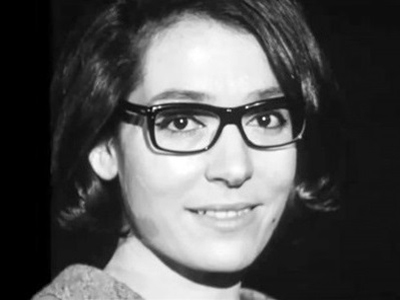 |
|
06- This opus ends with "Parce que l’amour c’est ça", a light jazz by Francis Lai, the famous author of "Love story". In this song, which remained unreleased until then, we discover a languorous Nana who explains with restraint why she’s in Love. A real gem! This was a song that we often heard in the late evening on the radio. |
WHY THIS CHOICE?
Why did I choose this one? First of all, for the recording quality. Although some songs weren't commercial hits, they are all beautiful. And, every time I listen to them, it's like if I was discovering them. I appreciate their sober musical accompaniment which doesn’t detract from the interpretation and the purity of Nana's voice. In addition, it should be noted that it comes from a very specific musical period; that between the orchestrations of Michel Legrand and The Athenians. That makes it a unique album. Moreover, its release, in November 1966, coincides with her last tour with Harry Belafonte which prepared her to present her first singing recitals with her musicians.
A FAVOURITE
Since its acquisition, I regularly listen to "Un Canadien errant". It must be part of other people’s life as it holds the longevity record for her LPs in Canada: 21 years. Like many others, it followed trends by releasing in different formats: on 8-track cartridge, on cassette and as digipack CD with thirteen bonus tracks. It’s also available on online music sites. Hope you will read me soon about another sharing on a favourite album!
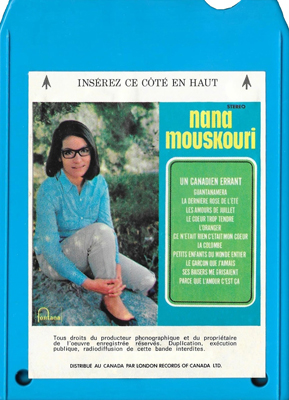
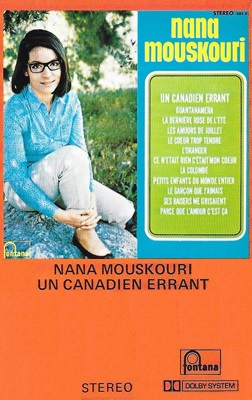
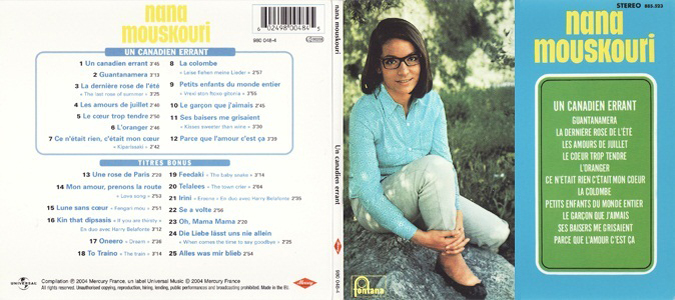
* only on the Canadian edition.